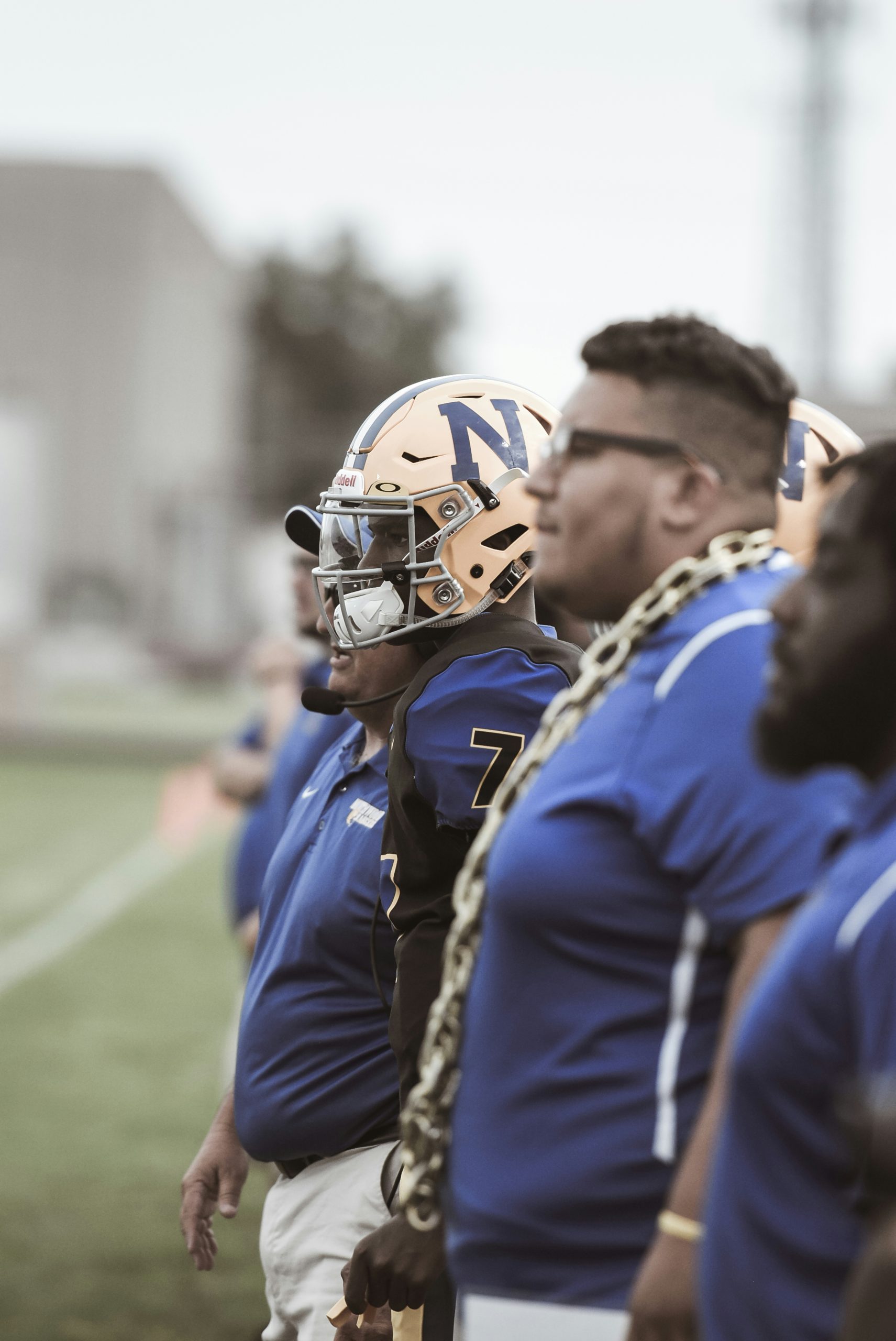
Technological Disruptions in Sports Training
Introduction
Sports training has undergone a significant transformation in recent years, driven by advancements in technology. Athletes and coaches now have access to cutting-edge tools and techniques that enhance performance, prevent injuries, and optimize training regimens. This article explores the various technological disruptions in sports training, their impact on athletes, and the future trends in this rapidly evolving field.
Wearable Technology
One of the most revolutionary advancements in sports training is wearable technology. Devices such as fitness trackers, smart clothing, and GPS-enabled wearables provide real-time data on athletes’ performance metrics like heart rate, speed, acceleration, and even biometric data such as muscle oxygen levels.
- Example: The use of GPS trackers in soccer allows coaches to monitor players’ positioning, distance covered, and sprint speeds during training sessions.
This data helps coaches and sports scientists tailor training programs to individual athletes, optimize recovery periods, and minimize the risk of overtraining or injury.
Virtual Reality (VR) and Augmented Reality (AR)
VR and AR technologies are increasingly being integrated into sports training to simulate game scenarios, enhance decision-making skills, and improve mental resilience under pressure.
- Case Study: In baseball, pitchers use VR simulations to practice pitching in different stadiums, adjusting to various lighting conditions and crowd noises, thereby preparing them for actual game situations.
Similarly, AR can overlay data onto the athlete’s field of vision during training, providing real-time feedback on technique or strategy.
Biomechanics and Motion Analysis
High-speed cameras, motion sensors, and 3D biomechanical analysis software have revolutionized the understanding of human movement in sports.
- Example: Golfers use motion capture technology to analyze their swing mechanics frame by frame, identifying inefficiencies and making adjustments for improved accuracy and distance.
Coaches can pinpoint biomechanical flaws that are imperceptible to the naked eye, leading to more precise coaching interventions and enhanced performance outcomes.
Data Analytics and Machine Learning
The use of big data analytics and machine learning algorithms has enabled sports teams to analyze vast amounts of data collected from various sources, including wearable devices and video footage.
- Case Study: NBA teams utilize player tracking data to optimize offensive and defensive strategies, identifying patterns in opponents’ movements and adjusting game plans accordingly.
Machine learning algorithms can predict injury risks based on player workload and biomechanical data, allowing coaches to implement preventative measures.
Recovery and Regeneration
Advanced recovery technologies such as cryotherapy chambers, compression therapy devices, and recovery-focused wearable tech have become integral to sports training programs.
- Example: Professional athletes use compression sleeves with integrated sensors to monitor muscle recovery in real time, adjusting their post-training routines accordingly.
These technologies accelerate muscle repair, reduce inflammation, and improve overall recovery time, enabling athletes to maintain peak performance levels throughout the season.
Conclusion
Technological disruptions in sports training have not only reshaped how athletes prepare and perform but also how coaches strategize and analyze performance. As these technologies continue to evolve, the future of sports training promises even greater integration of data-driven insights, personalized coaching approaches, and innovative recovery techniques. Embracing these advancements will be crucial for athletes and teams looking to gain a competitive edge in an increasingly demanding sporting landscape.



